Phlox
All but one of the 60 or so species of Phlox are from the Americas, from Mexico north, but the majority of breeding of modern cultivars has come from Europe, beginning with breeding efforts in France some 100 or so years ago. In the first instance hybrids were known under the name Phlox decussata.
One of the first major breaks that came in the breeding of Phlox was when John Downie of Edinburgh produced the first eyed variety.
Phlox paniculata can be the first of the border perennials to show signs of water stress. They can grow happily in full sun or light shade but do require access to adequate moisture to grow at their best. Thinning out weak shoots early in the season allows the stronger shoots to flourish and flower better. It is also possible to half the height of some of the outside shoots half way through the season. These trimmed shoots will then branch and go on to flower after the main display, prolonging the season.

















































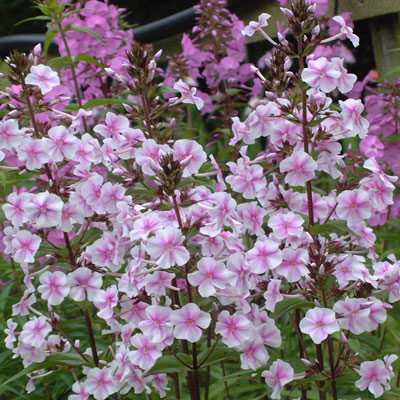
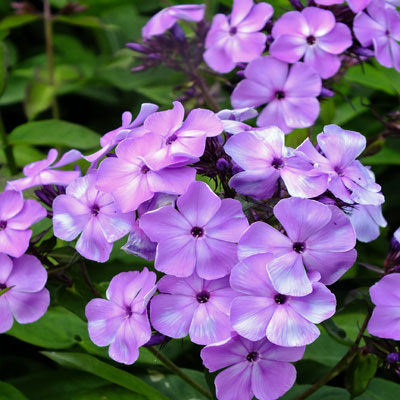
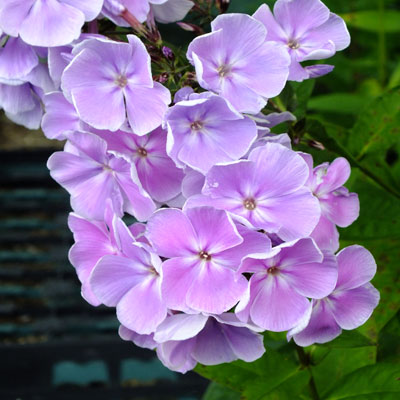
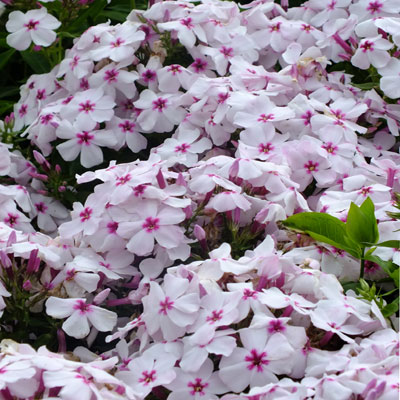
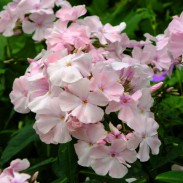
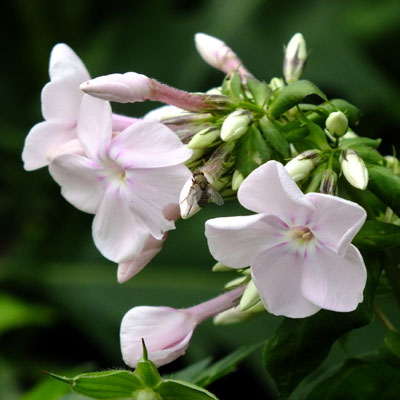

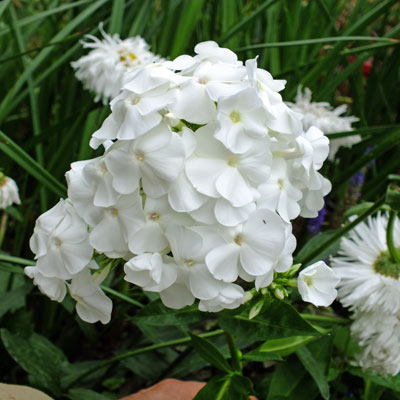
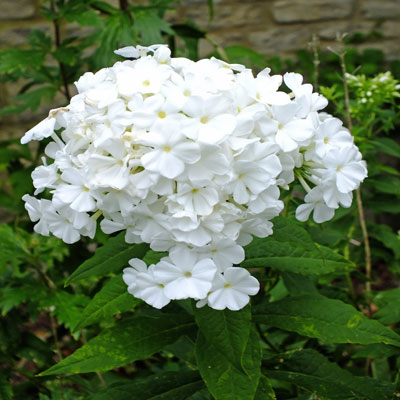

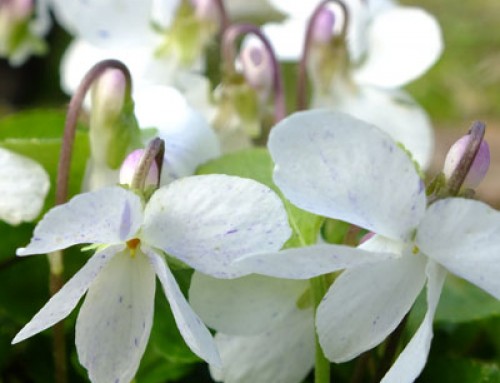

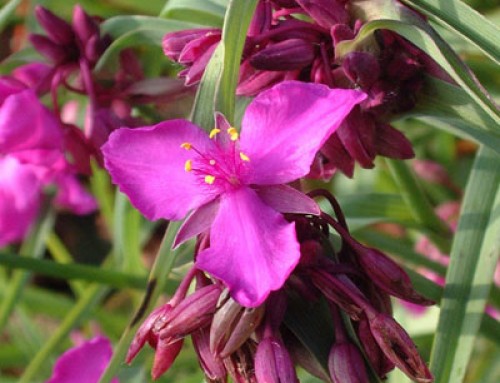
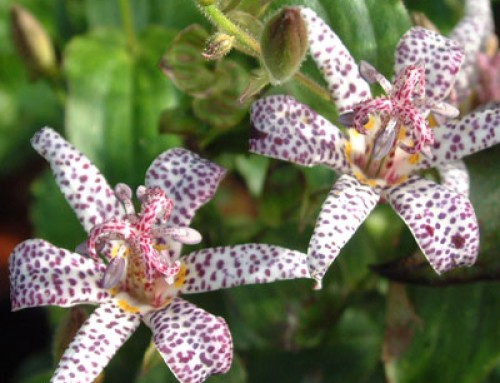
Leave A Comment
You must be logged in to post a comment.